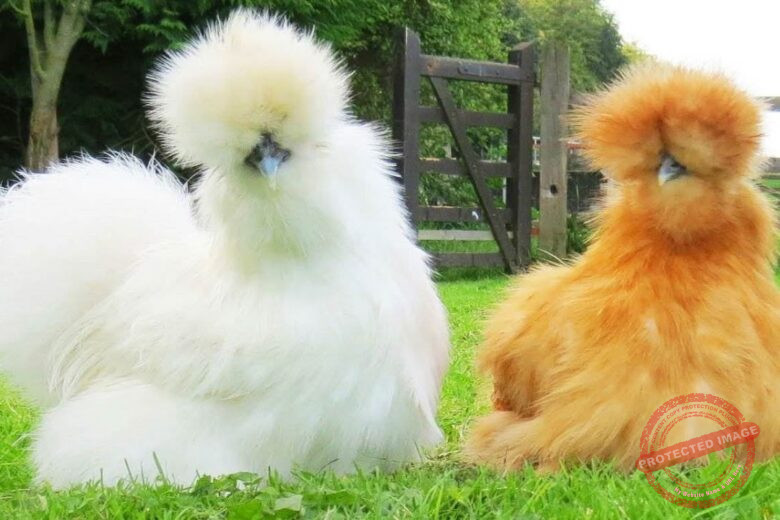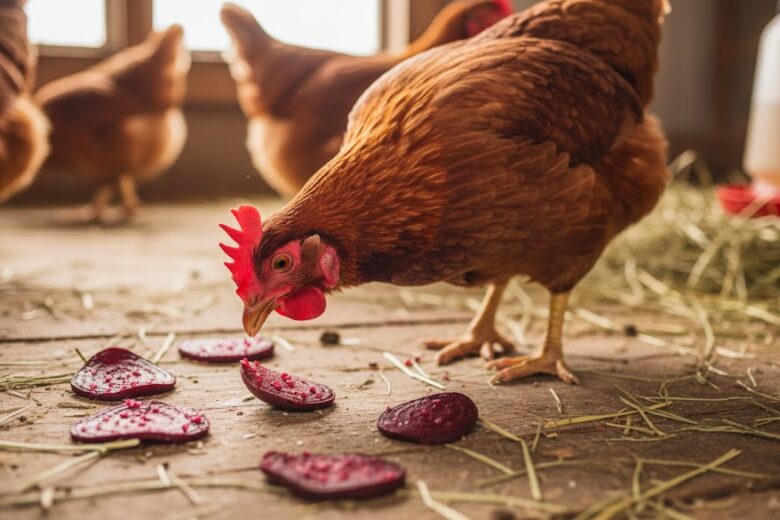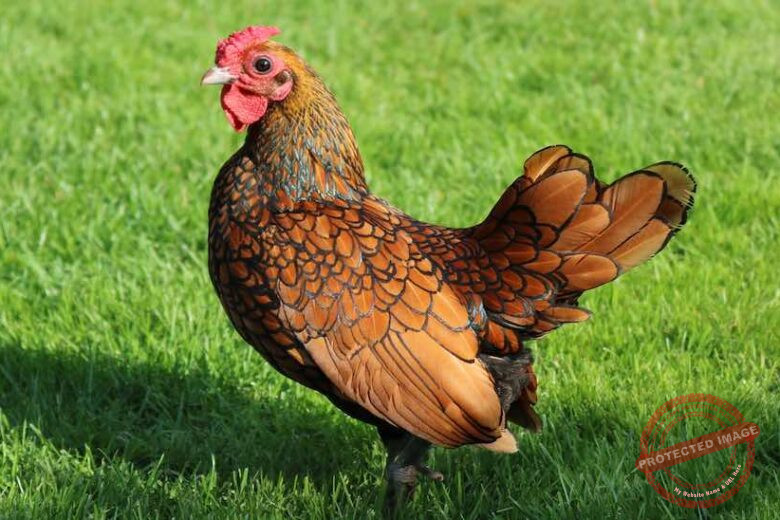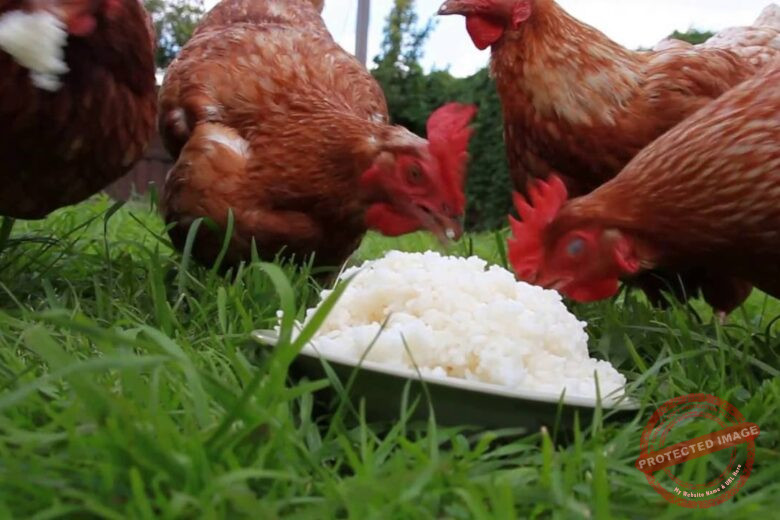There’s something oddly satisfying about watching chickens take a dust bath. If you’ve ever stood there, arms crossed, watching your hens flop, roll, and kick up clouds of dirt like they’re at a spa day, you know exactly what I mean. The first time I saw mine doing it, I thought something was wrong—they were wriggling on the ground, wings spread, feathers puffed. I nearly ran to “save” them! But then I realized they were just doing what chickens do best—keeping clean the natural way. Funny, isn’t it? Using dirt to stay clean.
Dust bathing isn’t just cute—it’s vital. Chickens don’t take showers or splash in ponds like ducks. Their way of staying healthy is by rolling in fine, dry soil. The dust works its way into their feathers, soaking up excess oil and dislodging parasites like mites and lice. It’s nature’s pest control system wrapped in a feathered package. The more I watched, the more I understood that a good dust bath isn’t just about hygiene. It’s about happiness, instinct, and comfort. It’s a ritual they truly love.
If you’ve raised chickens for any length of time, you know they have personalities. Some are bossy, some are shy, and some are drama queens. But when it comes to dust baths, everyone joins in. They crowd into the pit, kicking dirt and flapping until they’re all covered. Then they’ll sit still for a bit, eyes half closed, looking as content as a cat in a sunbeam. It’s one of those small farm moments that makes you stop and smile. And it’s a reminder that taking care of their needs—like providing the right fine sand for chicken dust bath setups—isn’t a chore, it’s a joy.
Why Dust Baths Matter More Than You Think
When chickens dust bathe, they’re not just cleaning feathers. They’re taking care of their skin, reducing stress, and maintaining social bonds. You can almost see the calm that washes over them afterward. The act of rolling in dirt stimulates natural oils, balances moisture, and keeps parasites from finding a home under their feathers.
I’ve had hens who were peckish and restless suddenly mellow out after a good bath. It’s like their own version of therapy. A chicken without access to dust can get irritated skin and feathers that lose their shine. Over time, that can even affect egg laying. So when people ask why my hens’ feathers gleam, I just point to their favorite corner of the coop—the dust pit.
Setting Up the Perfect Dust Bath
Creating a dust bath is simple, but doing it right makes all the difference. Chickens are picky about their bath spots. They like it dry, shaded, and loose. Here’s what I’ve found works best:
-
Pick the right spot. Choose an area that’s sheltered from rain but gets a little sunshine. Under a coop overhang or beside a barn wall works perfectly.
-
Use the right mix. Fine sand for chicken dust bath setups is key. Mix it with wood ash, dry soil, and a sprinkle of diatomaceous earth for extra parasite protection.
-
Keep it loose. Chickens like to dig deep. Make sure your mixture is soft enough for them to toss around.
-
Top it up regularly. Rain or humidity can clump the mix, so refresh it often.
If you live in a wet area, consider using a large shallow bin or an old tire filled with your dust mix. It keeps things tidy and portable.
A Real-Life Lesson from My Coop
One summer, after several rainy weeks, my hens started acting fussy. They were pecking more, scratching less, and their feathers looked dull. Then I realized—their favorite dust pit had turned into mud. So, I filled an old wooden box with fine sand, some ash from our wood stove, and a scoop of dried soil. Within minutes, the girls jumped in like kids at a playground. The coop felt peaceful again that day. I swear I could almost see them smile.
That’s when it hit me—sometimes, it’s the little things that make the biggest difference. A good dust bath can turn grumpy hens into happy layers again.
What to Include in a Chicken Dust Bath
There’s no perfect recipe, but here’s a mix that’s worked wonders for me:
-
Fine sand – Helps loosen debris and exfoliate feathers.
-
Dry garden soil – Adds texture and familiar scent.
-
Wood ash – Naturally deters mites and adds minerals.
-
Diatomaceous earth (food-grade only) – Keeps parasites in check.
Mix everything in equal parts and adjust based on your chickens’ preferences. Yes, they’ll tell you—by using it or ignoring it completely!
How Often Do Chickens Need Dust Baths?
Every day if they can! Chickens bathe as often as the weather allows. On dry days, mine will spend half an hour in their favorite pit. In winter, I keep a covered section of the run with a large container of dry mix. Even in cold months, they’ll hop in, fluff up, and enjoy a mini spa session.
If your hens are free-ranging, they might find their own secret dust spots. Under shrubs, behind the coop, or even in your garden beds (don’t be surprised when you find soil volcanoes where your flowers used to be).
Common Mistakes to Avoid
When setting up your dust bath, there are a few easy mistakes to sidestep:
-
Using wet soil or clay. It compacts and won’t let the birds fluff properly.
-
Adding too much diatomaceous earth. A little goes a long way; too much can irritate their lungs.
-
Ignoring the weather. Keep your bath covered or movable so it stays dry.
And never use chemical-treated sand or ashes from charcoal briquettes. Always go natural. Remember, what touches their feathers eventually gets near their food and eggs too.
The Science Behind the Instinct
It’s fascinating when you think about it—this ritual goes back thousands of years. Wild junglefowl, the ancestors of our domestic chickens, rolled in forest dust to keep their plumage healthy. Modern hens carry the same instinct. The act of bathing isn’t taught; chicks as young as a few weeks will start rolling in dirt if given the chance. It’s instinct meeting opportunity.
That’s why providing the right materials, like fine sand for chicken dust bath pits, is more than just good husbandry—it’s respect for their nature.
FAQs About Chicken Dust Baths
Q: How deep should a dust bath be?
About six to eight inches deep works well. Chickens love digging, so give them room to move the soil around.
Q: Can I use play sand from the store?
Yes, but make sure it’s labeled as fine and untreated. Avoid construction sand, which is coarse and heavy.
Q: What if my chickens don’t use the bath?
Try relocating it. They might prefer a different spot or softer soil texture.
Q: Do roosters take dust baths too?
Absolutely. Roosters love a good roll just like the hens. It helps keep their plumage sleek and parasite-free.
Q: Is diatomaceous earth safe?
Yes, as long as it’s food-grade and used sparingly. Mix it well so it doesn’t create airborne dust.
Why Dust Baths Bring More Than Clean Feathers
There’s something grounding about seeing your chickens care for themselves. It reminds me that farming isn’t just about producing—it’s about observing, learning, and giving creatures what they need to thrive. Dust bathing is their way of saying, “I feel good.” And when they feel good, your flock becomes calmer, healthier, and more productive.
I often sit by the coop, coffee in hand, watching them roll and shake and fluff. It’s a peaceful moment in the chaos of daily chores. And honestly, it makes me appreciate the simple wisdom of nature. No gadgets, no chemicals, just dust and instinct.
If your chickens don’t have a bath yet, try giving them one this week. You might be surprised at how much they love it—and how much happier your coop feels because of it. Isn’t it amazing how something as simple as dirt can bring so much joy?



